Review: Nero Nero
July 14th, 2025
Regarded as the most important food crop for developing nations, rice is the staple food of nine out of ten Asian countries. And with Malaysia serving as the melting pot for all these nations, it is no surprise that we have the most variety of rices found in our land.
With so many types of rice, there are also as many and more ways of cooking them!
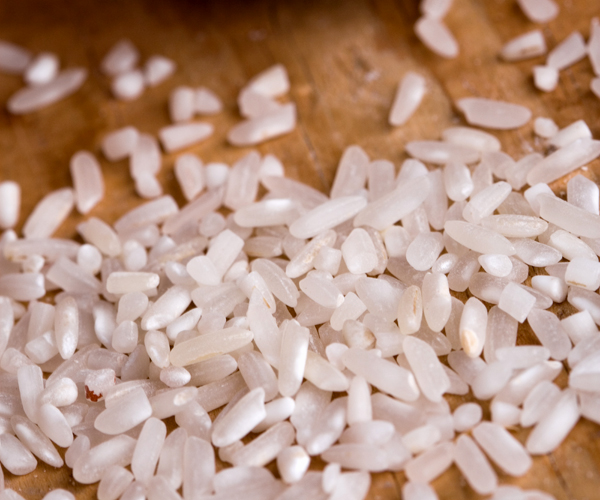
The cheapest of the lot, broken rice is made up of the little fragmented bits of rice filtered out during factory packaging from whole grains that are bagged. This type of rice is usually sent to animal feeding troughs, but is available in markets. Depending where you are, broken rice is usually found in smaller bags, or loose in barrels for your own preferred amount to purchase. Broken rice is mainly used in simple meals like congee, but can serve as an alternative for normal white rice.
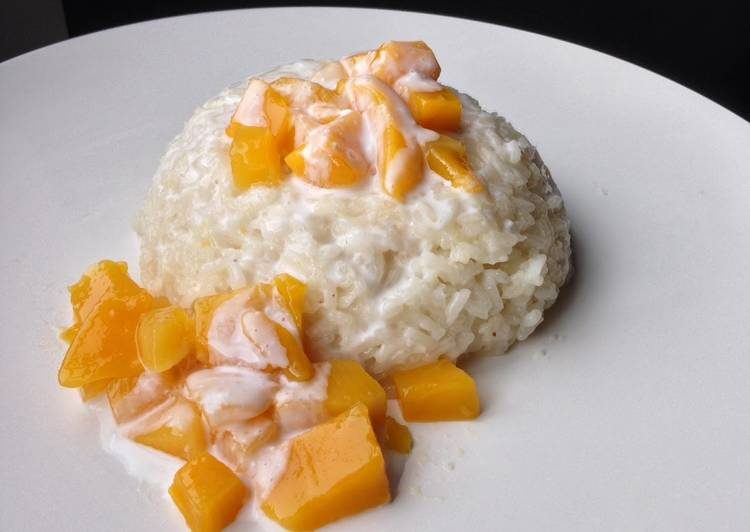
While most would assume this type of rice to be found in sushi and Korean dishes, the local type of short grains are more commonly found in desserts for their stickier and heavier product. Sushi rice tends to be more fluffy. Short grain rice is cooked like normal white rice, then soaked in coconut milk for the pulut dessert. Alternatively, it is also used to make congee (porridge). The most popular use of short grain rice would be in powder form, known as glutinous rice flour—heavily featured in Chinese cuisine and Malay kuih.
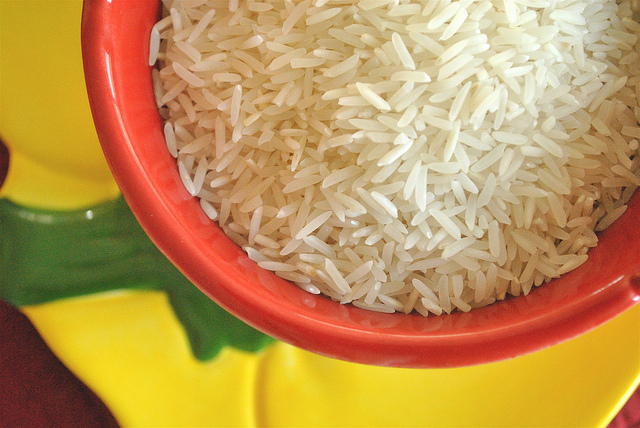
Simmered and sauteed with aromatic spices, this long grain rice is popular in celebratory feasts. Fluffy and light, this rice is usually found in big buffet servings, such as the Indian biryani and the Malay Nasi Minyak. While it can be eaten on its own as some enjoy the tinges of herb and spices, this rice is often served with curries and stews. Because of its strain and serving styles, the Basmati rice is known to be the most expensive of the rices.
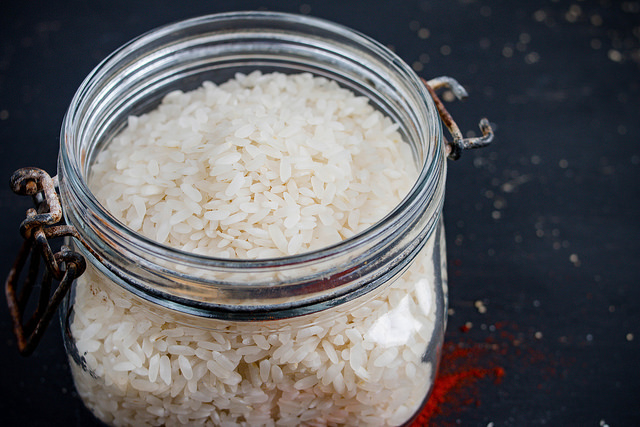
The most common of the everyday eaten rice, medium grain rice is the one you will find in every shop of every culture. This rice is arguably made the most versatile of the lot, as it serves as the base to all kinds of dishes. Stew it in coconut milk and pandan for nasi lemak, boil it in chicken stock and ginger for Chinese chicken rice, and simply serve it by the piping spoonful on banana leaves for the hearty Indian meal. What makes this rice different form other white-coloured rices come from its high level of processing.
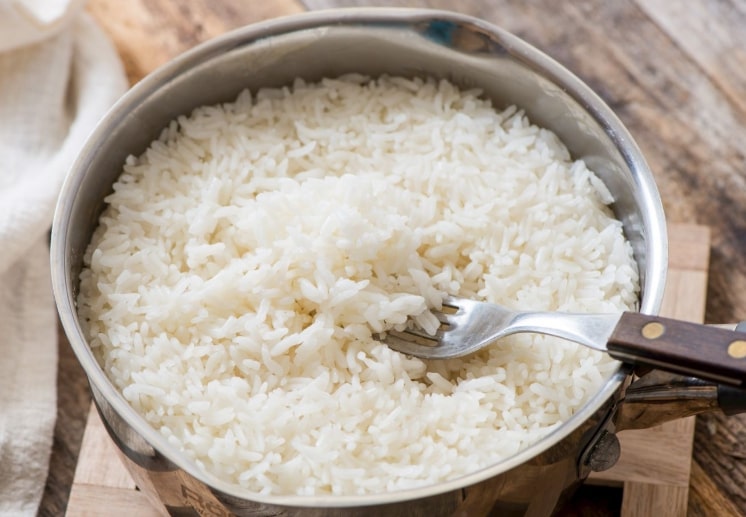
Often confused with White Rice, as some places serve it interchangeably, the Jasmine Rice is more common in Thai meals. This rice is known to be distinctive in its silky texture, and offers a sweeter aftertaste compared to the starchy white rice. It is also the rice to use for stir-fry dishes, as the less-starchy nature absorbs flavour well. They are also a form of long grain, identifiable for eagle-eyed eaters!
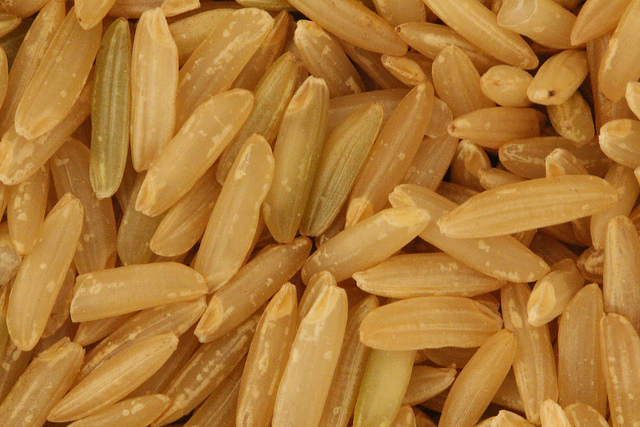
Assumed by most to be the latest in health food trends, the brown rice grain is simply a less-processed version of white rice. The bran skin of the grain remains intact during processing, keeping a layer of nutrients intact. However, it has a shorter shelf life, fibrous taste and longer cooking time compared to white rice, making it a generally less popular choice.
Most of the rices are cooked via boiling in a ratio of 1 cup rice to 1.5 or 2 cups of water. The rice is rinsed first to remove weevils and excess starch until the water leaves mostly clear. Most will use a rice cooker, but stove top boiling (which needs to be watched!) or microwaving on the ‘rice’ setting works as well.
Methods for measuring the water for the rice to boil in has been debated for a while, with some adhering to strict cup measurements, and others professing sticking their hand into the pot. If the water covers just above their highest knuckle, it is just enough. Understandably, we will leave it up to you to figure out which method you prefer. The rice should be fully cooked in about 20 minutes, and then stirred to loosen the moisture and fluff the potful up. Some have been known to add a pinch of salt to help with the water retention.
If the rice turns out a little too mushy for your liking, simply eat it as porridge, add it to soup as a final ingredient, or throw in some vanilla and cardamom for a rice pudding.
Let us know what are some of your favorite rice pairings! Rendang? Crispy vegetables? The gravy of soft, steamed fish? The possibilities are endless.